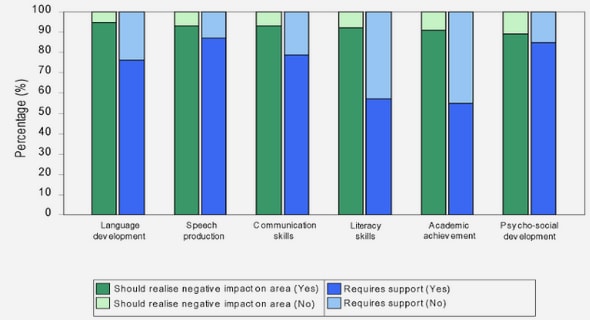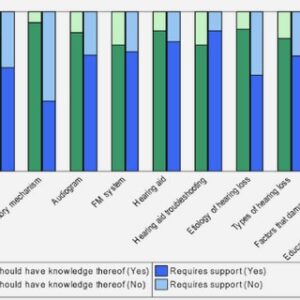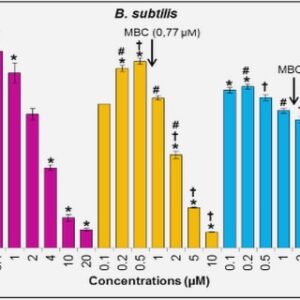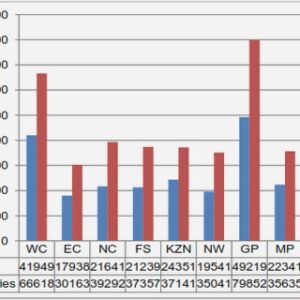(Downloads - 0)
For more info about our services contact : help@bestpfe.com
Table of contents
Chapitre 1 – Introduction
1.1. Introduction générale
1.2. Méthodologie
1.3. Structure de la thèse
Chapter 2 – Background
2.1. Sorbet manufacturing process
2.1.1. Ice crystallization mechanism in a SSHE
2.1.2. Influence of the operating conditions on ice crystallization in SSHEs
2.2. Flow behaviour in SSHEs
2.3. Temperature profile and heat transfer in SSHEs
2.4. Residence time distribution (RTD)
2.4.1. Residence time distribution in SSHEs
2.5. Residence time distribution modelling
2.5.1. Plug-flow with axial dispersion model (ADM)
2.5.2. Tanks-in-series model (TSM)
2.5.3. The gamma distribution model (GDM)
2.5.4. RTD models used for the flow behaviour description in SSHEs
2.6. Rheological properties of sorbet
2.6.1. Rheological models
2.7. Modelling of the freezing process
2.7.1. Population balance approach
2.7.2. Crystallization modelling approaches for SSHEs
2.8. Bibliographical review conclusions
2.9. Aim of this work
References of bibliographic review
Chapter 3 – Materials and methods
3.1. Working fluid – Lemon sorbet mix
3.2. Description of the experimental platform
3.2.1. Control of process conditions and data acquisition in Labview®
3.3. Online sensors
3.3.1. Draw temperature measurements and ice volume fraction calculations
3.3.2 Ice crystal chord length distribution (CLD) measurements by the FBRM probe
3.3.3. Temperature profile measurement
3.4. Apparent viscosity measurements
3.5. Residence time distribution measurements
Chapter 4 – Articulation of the scientific papers
4.1. Online ice crystal size measurements during sorbet freezing by means of the focused beam reflectance measurement (FBRM) technology. Influence of operating conditions
4.2. Experimental study and modelling of the residence time distribution in a scraped surface heat exchanger during sorbet freezing
4.3. Rheological characterization of sorbet using pipe rheometry during the freezing process
4.4. Influence of ice and air volume fractions on the rheological properties of sorbet
5.5. Coupling population balance and residence time distribution for the ice crystallization modelling in a scraped surface heat exchanger
Chapter 5 – Results and discussion
5.1. Online ice crystal size measurements during sorbet freezing by means of the focused beam reflectance measurement (FBRM) technology. Influence of operating conditions
Abstract
1. Introduction
2. Materials and methods
2.1. Sorbet freezing
2.2. Experimental design and statistical analysis
2.3. Draw temperature measurements and ice mass fraction calculations
2.4. Ice crystal CLD measurements by the FBRM probe
3. Results and discussion
3.1. Freezer operating conditions and global ANOVA analysis
3.2. Influence of refrigerant fluid temperature and mix flow rate on draw temperature
3.3. Influence of refrigerant fluid temperature and mix flow rate on mean chord length
3.4. Influence of dasher speed on draw temperature
3.5. Influence of dasher speed on mean chord length
4. Conclusions
5.2. Experimental study and modelling of the residence time distribution in a scraped surface heat exchanger during sorbet freezing
Abstract
1. Introduction
2. Materials and methods
2.1. Working fluid
2.2. Crystallization process equipment and operating conditions
2.3. Temperature profile measurement
2.4. Residence time distribution measurement
2.5. Residence time distribution data treatment
3. Residence time distribution models
3.1. Plug-flow with axial dispersion model
3.2. Tanks-in-series model
3.3. The gamma distribution model
3.4. RTD model fitting to experimental RTD data
4. Results and discussion
4.1. Influence of refrigerant fluid temperature on axial temperature profile and RTD
4.2. Influence of mix flow rate on axial temperature profile and RTD
4.3. Influence of rotational speed on axial temperature profile and RTD
5. Conclusions
5.3. Rheological characterization of sorbet using pipe rheometry during the freezing process
1. Introduction
2. Materials and methods
2.1. Sorbet freezing and operating conditions
2.2. Pipe rheometry measurements
2.3. Ice volume fraction calculations
3. Results and discussion
3.1. Wall slip and viscous dissipation effects on the apparent viscosity of sorbet
3.2. Effect of draw temperature and ice volume fraction on the apparent viscosity.
3.3. Experimental uncertainty
4. Rheological model
4.1. Model description
5. Conclusions
5.4. Influence of ice and air volume fractions on the rheological properties of sorbet
Abstract
1. Introduction
2. Materials and methods
2.1. Sorbet freezing and operating conditions
2.2. Pipe rheometry measurements
2.3. Ice volume fraction calculations
3. Results and discussion
3.1. Influence of ice and air volume fraction on the flow behaviour index
3.2. Influence of ice and air volume fractions on the apparent viscosity
4. Conclusions
5.5. Coupling population balance and residence time distribution for the ice
crystallization modelling in a scraped surface heat exchanger
Abstract
1. Introduction
2. Experimental
2.1. Ice crystallization process equipment and operating conditions
2.2 Residence time distribution measurement and modelling
3. PBE and plug flow modelling approach
3.1. Fluid flow
3.2. Energy balance
3.3. Population balance
4. Modelling approach coupling PBE and RTD
5. Numerical solution of the models
6. Results and discussion
6.1. PBE and plug flow modelling approach
6.2 Coupling of PBE and RTD modelling approach
7. Conclusions
Chapitre 6 – Conclusions et perspectives
Publications and communications
Appendix
Abstract
Résumé



